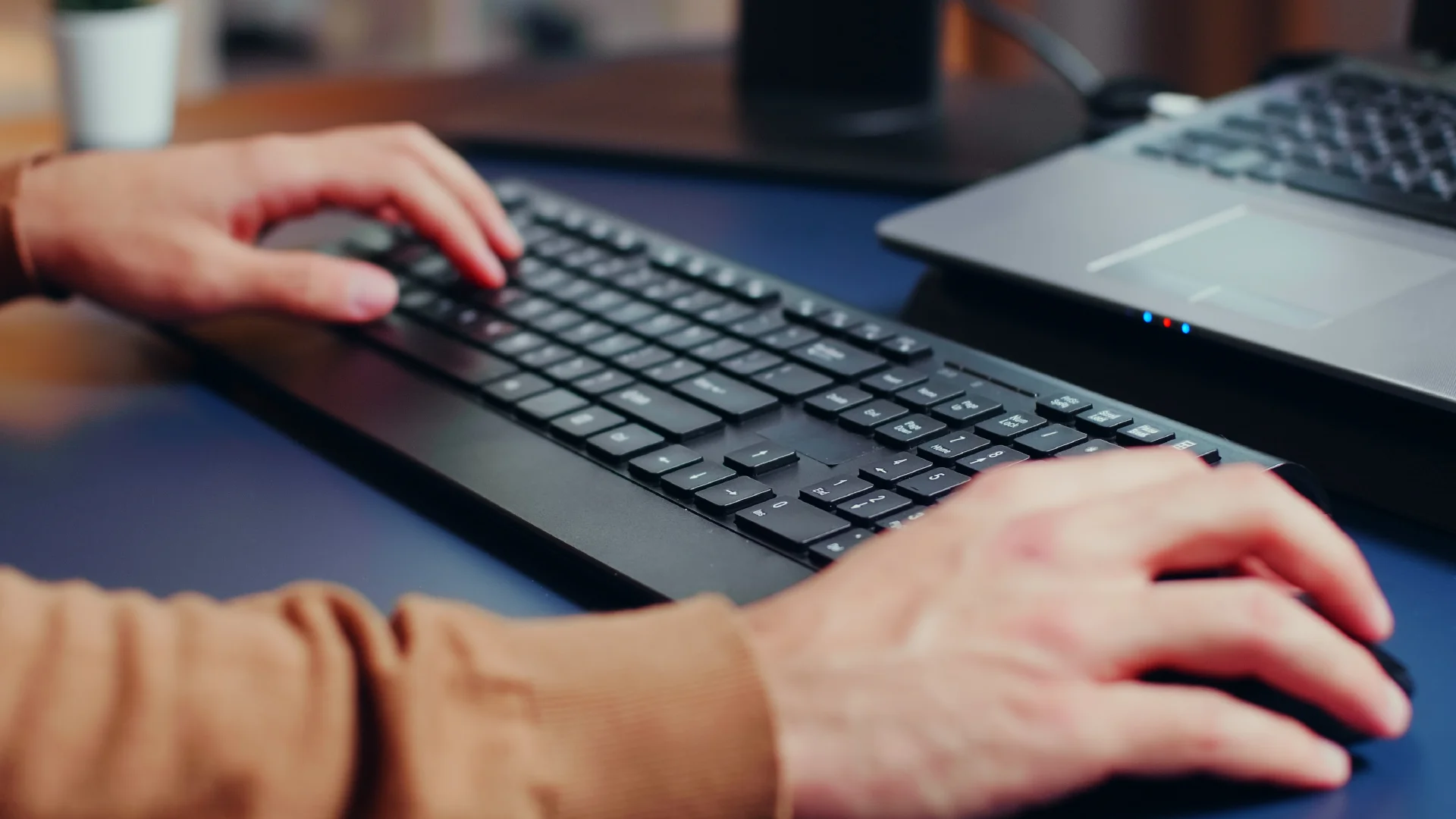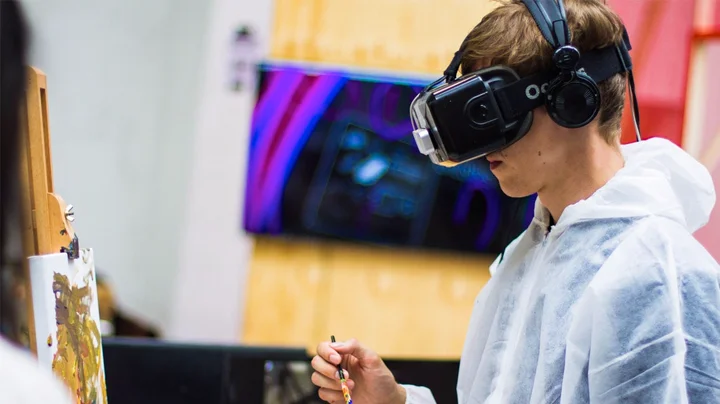The Merriam-Webster defines virtual reality as “an artificial environment which is experienced through sensory stimuli (such as sights and sounds) provided by a computer and in which one’s actions partially determine what happens in the environment.”
For the last decade, this medium has been highly popularised by its developments in the gaming and entertainment industry. It has further advanced into the market as Facebook CEO Mark Zuckerberg successfully developed and released the Oculus Rift in 2014 after buying Oculus VR for a hefty $2 billion.
Now, virtual reality isn’t just for gaming. Recently, businesses and organisations are exploring the potentials and various uses of VR. A research by Tractica predicts that businesses will spend up to 9.2 billion by 2021 for VR.
With virtual reality gaining relevant attention in fields like medicine, journalism, and business, here are some emerging uses of VR.
Producing Immersive Storytelling
In the New York Times article Where Virtual Reality Takes Us, chief executive and founder of Condition One Danfung Dennis said that virtual reality “... has an extraordinary capacity to convey the kinds of feelings of presence and place I’ve always aspired to capture through photojournalism.”
As a young photographer, Dennis realised that his war photographs were just flat images that didn’t give the impact he had hoped. To break this barrier, Dennis built and used a camera that shot a steady cinematic video in a war zone and shot his film Hell and Back Again. Virtual reality not only showcased the realities presented but also helped the audience immerse themselves in the film.
In the article, Dennis said, “In V.R., we instinctively feel a surge of empathy for those whose experiences we are immersed in.”
Immersive journalist Nonny de la Peña also uses virtual reality to recreate important stories. After experiencing a walk around virtual reality experience, de la Peña released Hunger in Los Angeles, the first VR documentary shown at the 2012 Sundance Film Festival.
Based on a real event, the film recreated the collapse of a man waiting in line at a food bank. It also used the actual audio of the incident adding to the genuineness of the experience. In the New York Times article, de la Peña said she watched the audience “... walk around the ‘seizure victim’ on the ground, while many emerged from the goggles crying.’”
Watch Hunger in Los Angeles below:
Video via ImmersiveJournalism YouTube channel
Since then, de la Peña has experimented with VR to bring “socially consequential topics” to the audience and keep them focused. From recreating a migrant beaten to death by US Border Patrol officers to a bomb going off in a street in Aleppo, de la Peña uses VR “to wring from the audience the intense emotional connection that these stories deserve.”
Training Business Soft Skills
One of the best uses for VR in business and self-development is soft skills training. As a training ground, VR offers an immersive experience to any situation that a computer can simulate. The photorealistic visuals that VR offers trick our brain into thinking that what we are seeing is, to varying extents, real. This way we can monitor our interactions in a safe and controlled setting. An example of this is VirtualSpeech, a business and soft skills training system using VR.
For practical applications, any activity can be simulated as long as it allows people to perform the activity without the need to physically interact with the simulations.
Testing Prototype and Design
One of the amazing uses for VR is that it allows manufacturing and production-driven businesses to simulate and test any part, process, or mechanism. Through VR, any condition can be simulated to check on performance and reliability through quick, safe, and cost-effective methods.
By using VR, businesses can save millions as it removes the need to build full-scale working prototypes. A good example of this is how the aerospace industry is using VR for aircraft design. Aircrafts such as Boeing and Airbus use VR to design and test new models and features.
Architects are also starting to use VR as it enables them to explore their designs and to present finished ideas to clients.
Enhancing Customer Experience
VR opens possibilities to better showcase products or services to clients and enhance their customer experience. For customers with increasingly digital lives, instead of going to a physical showroom, they can put on a VR headset and explore and experience the area or product without the need to go to another store or location.
In 2016, Audi showcased a new room-scale VR showroom designed to add a new dimension to the car buyers’ experience and to give potential customers an idea of the look and feel inside the car especially if the particular model is unavailable. The Audi VR Experience includes two modes: a seated experience where you can inspect the car from the inside, and a free-roaming experience where you can take a good thorough look around and inside the car.
Watch how the experience looked like below:
See how a customer inspects the car inside and out. Video via Road to VR YouTube channel
Aside from this, VR could potentially be a source of information regarding customer behaviour. On the topic of VR, Forbes writer Bernard Marr says, “This is because when someone is engaging with you in a virtual, digital world, a huge amount of data becomes available on how they act, react and interact.”
While physical showrooms will remain as a marketing tool, VR will continue to offer a more convenient alternative and a good early-stage market research for businesses.
Training Future Professionals
The most apparent and best uses of VR would be for professional training purposes.
The medical field has utilised VR to train doctors and surgeons on how to handle patients, treatments, and other medical situations. VR consultant Shauna Heller’s work, for example, was to create a VR simulation teaching doctors how to treat infants during a seizure or anaphylactic shock.
Heller recognised the importance of virtual reality in the medical field saying, “It takes a game technology and enables it to be used for training in the medical space, where children’s lives are on the line.” Heller together with Facebook-owned Oculus and Children’s Hospital Los Angeles (CHLA) now offer virtual reality training programs to medical institutions and healthcare networks.
According to Dr. Josh Sherman, principal researcher on the project, “Using Oculus Go for our VR modules will allow for on-the-spot training without the need for the extra real estate.” These simulations also allow medical practitioners to use tools and procedures in a safe and controlled environment and also to help them prepare for real-world scenarios.
Aside from the medical field, teachers also have the opportunity to test their skills in a virtual classroom. A team from the University of Virginia developed a virtual classroom allowing teachers to receive immediate feedback from the virtual students regarding their teaching style and class management.
According to the team, “These simulation experiences are low-risk opportunities to practice essential professional skills to a level of fluency, which ultimately enables students to move into professional practice with ‘experience’ already under their belts.”
Related Article: Interesting Predictions for the Future of Work
Treating and Aiding Health Concerns
In the article Virtual Reality Isn’t Just For Gamers Anymore; It Will Change Your Health by Forbes writer Bill Frist, the healthcare sector’s technological advances and shift towards “value-based care” resulted to the possible uses of VR as an effective clinical treatment.
Virtual reality is being studied as a treatment modality for a range of health issues such as the following:
- Lessen acute pain
- Give cognitive training
- Treat phobias, anxiety disorders, and addiction
- Assist and speed up physical rehabilitation, among many others
To explain how virtual reality works for healthcare, Albert Rizzo, PhD, from the University of Southern California’s Institute of Creative Technologies organised applications into three categories based on VR’s effects. These are:
- Distract and Expose
VR can distract patients from pain, fear, or other unpleasant stimuli by letting them stroll through the forest or watch the sunset through VR. For phobias, post-traumatic stress disorders or addiction, virtual reality provides exposure therapy and recovery.
According to AppliedVR CEO Matthew Stoudt, "Healthcare providers are using our therapeutic VR pain platform in a wide variety of use cases ranging from helping women abate pain during labour to reducing sedation levels during post-op pin removals to mitigating pain and anxiety during chemotherapy sessions."
- Motivate and Measure
Using technology similar to that of VR games, the fun or competitive element of VR allows patients to engage more in rehabilitation therapy. One of the amazing uses for VR, in this context, is that it can also analyse measurements as it can be connected with sensors to check if the patient complies with the required therapeutic motions.
- Engage
The special thing about virtual reality is that it fully captures attention and focus more than any other medium. It puts you right in the middle of scenarios and events. As such, it’s a great tool for practising or recreating challenging or distinct scenarios. As an example, VR is used to tour patients through their human body and see how high blood pressure damages the heart. These are just one of the uses of VR that can thoroughly inform patients and other people as well.
In the article, Frist believes that “VR has the potential to radically change and substantially improve health-related behaviour, and thus radically improve health and wellbeing, by equipping individuals with new and powerful tools to make smart decisions and engage in healthier behaviour.”
Virtual reality is still continuously developing. With the technology and graphics we currently have, there is still much to improve on and discover; the technology has the potential to become more sophisticated and powerful.
Tech experts predict that uses of VR will also touch upon fields like security, law enforcement, and even space exploration, among many others.
We could only hope that future developments will shape our realities for the better.
Related Article: What to Expect from Artificial Intelligence
Want to grow your business without going over budget? Explore possibilities with us. Learn how Cloud Employee works, see our Developer Pricing Guide, or talk to us. You can hire dedicated offshore developers with us across many technologies.
Hire A Developer Now!
Featured Article

How to Become a High-Performing Developer

CSS grid vs. Flexbox: which to use when?

Download Our Developer Pricing Guide
We did an analysis on the difference between western and Philippines developer salaries. Uk, USA and Australia pricing comparisons available.
Download